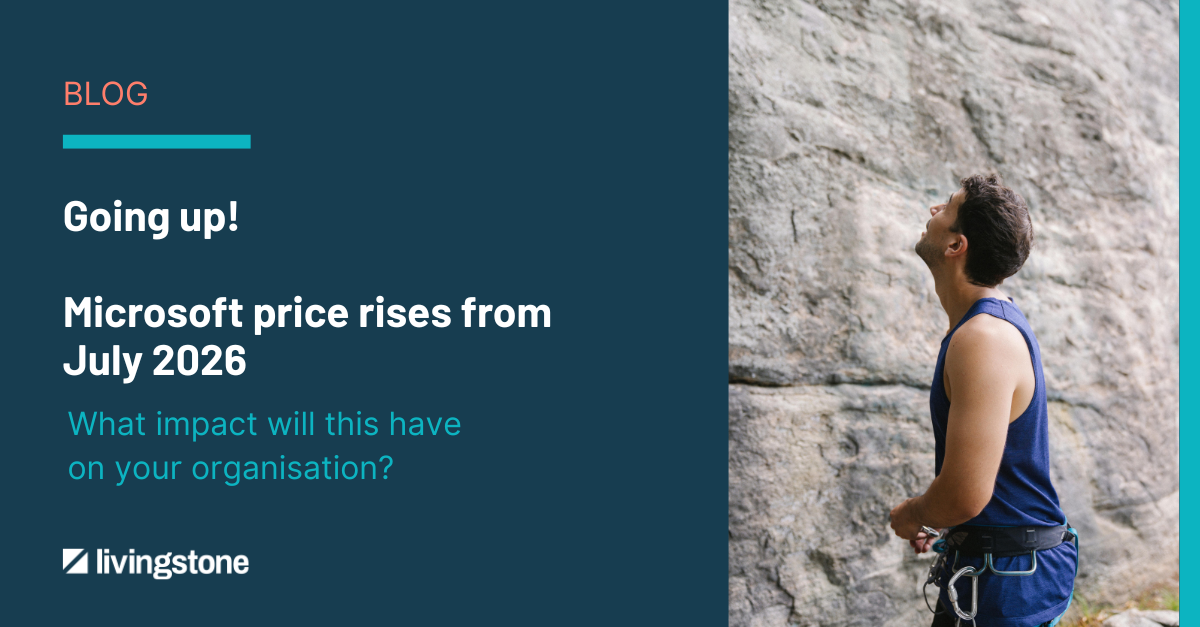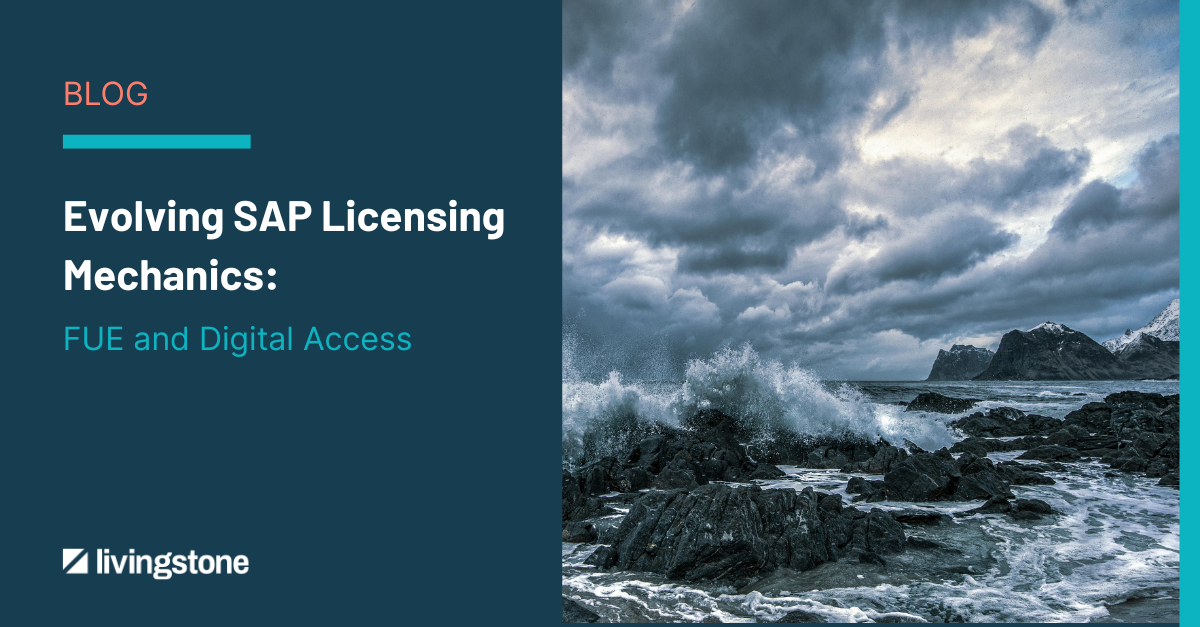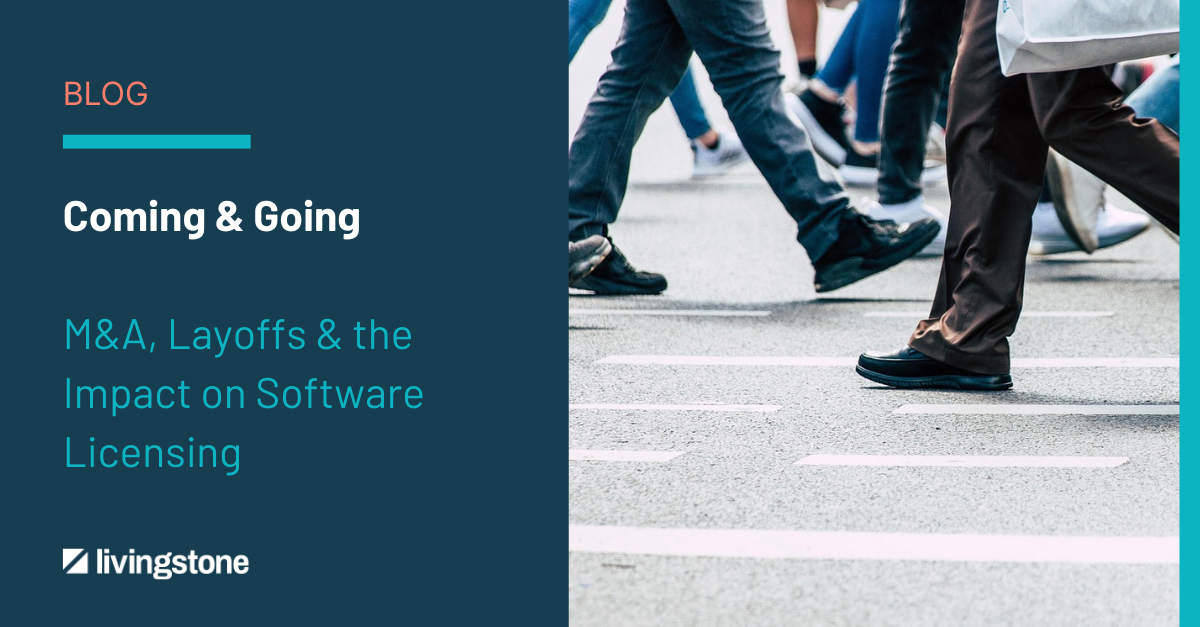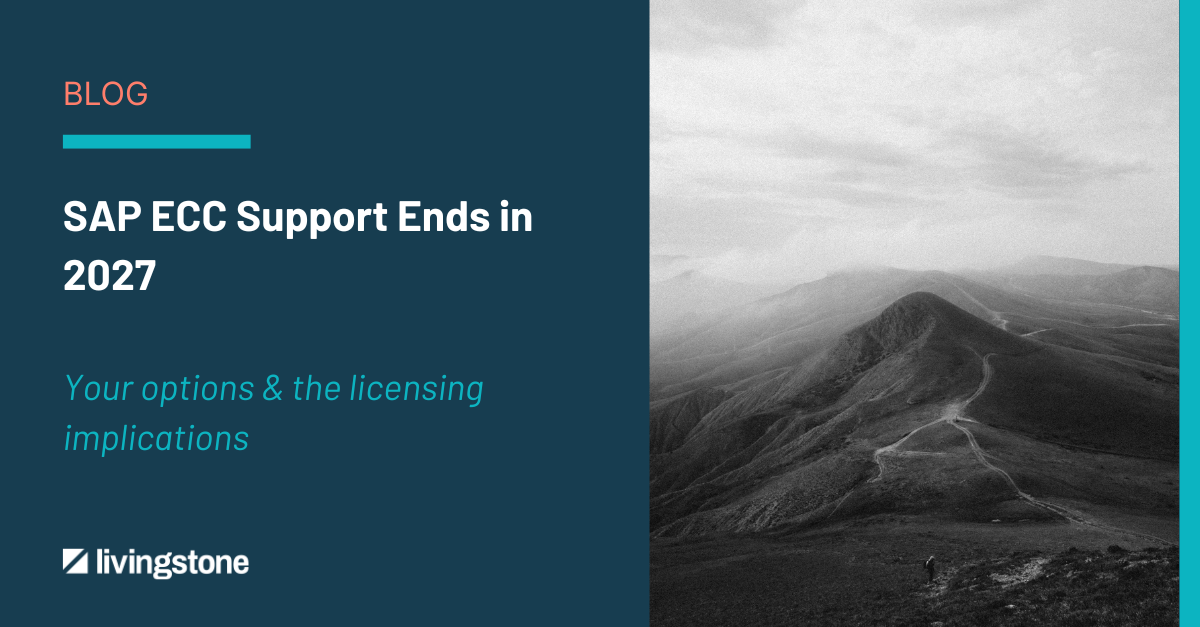At Livingstone, we’re starting to see much higher rates of adoption of Oracle’s Multitenant architecture. And that’s not surprising, given that Oracle Multitenant is the future of Oracle Database as the title of this article suggest.
The purpose of this article is to explain what Oracle Multitenant is, why it’s the future of Oracle database and how the licensing works.
Jump to a specific section:
- What is Multitenant?
- What are the benefits of Multitenant?
- What are the licensing considerations and what has changed?
- Summary
What is Multitenant?
To quote Oracle:
"Multitenant enables an Oracle Database to function as a container database (CDB). A CDB consolidates multiple pluggable databases (PDB), a portable collection of schemas, schema objects, and non-schema objects.
Whether deployed on-premises or in the cloud, with Oracle Multitenant, applications run unchanged in self-contained PDBs, improving resource utilization, management, and overall security."
That probably doesn’t mean a great deal to most people, lets take a minute to just explain what it actually is. Traditionally in Oracle database, you can run multiple instances (databases) on a single installation of Oracle Database Enterprise Edition. Imagine you have a physical standalone server running Windows or Linux with Oracle database installed. That server can run an unlimited number of databases but obviously the key restriction is on server resources, as more database instances use up more CPU, more memory and more I/O.
This is where Multitenant comes in, Multitenant installs what is called a container database (CBD), imagine this like a management foundation layer and then each of the database instances becomes a pluggable database (PDB) which are plugged into that container database.
What are the benefits of Multitenant?
The key benefit is the reduction in server resources required to run multiple database instances on a server. In a traditional Oracle Database deployment, each of the database instances runs its own background processes and has its own memory allocation (called SGA).
In Multitenant architecture, the pluggable databases share the background processes and memory allocation from the container database, resulting in a significant reduction in the use of server resources. The net benefit of this is a reduction in both licensing and hardware costs for Oracle customers as you can run more databases on existing hardware without having to buy more tin or more licenses.
Another benefit of Multitenant is the ability to manage ‘many as one’ this mean instead of having to monitor, patch, tune and backup up each database instance individually you can now manage many of the databases together. PDB’s are also highly mobile, meaning you can transfer them between CDB hosted on-prem or in the cloud seamlessly.
There are multiple other features and benefits of Oracle Multitenant but for the purpose brevity, we’ll leave this point here.
What are the licensing considerations and what has changed?
More bang for your buck should sound positive to everyone however, there are licensing challenges that we need to be aware of. Unlike other Oracle Database options, the licensing for Oracle Multitenant changes depending on which version of Oracle Database you are running, please see below:
· 12c and 18c -> 1 PDB is free per CDB. If you have 2 or more PDBs in one CDB, you need a license for Multitenant.
· 19c -> 3 PDBs are free per CDB. If you have 4 or more PDBs in one CDB, you need a license for Multitenant.
This means Oracle’s licensing rules give customers access to all features of Multitenant, free of charge, so long as the customer adheres to the version specific limitations. Obviously, this sets something of a trap and is not unusual in Oracle licensing. Customers are going to find it challenging to know how many PDBs are running on any given CDB, particularly if there are multiple DBA teams working across multiple technology platforms.
Summary
Oracle Multitenant is the future of Oracle database, reducing the cost to run the product while offering significant benefits in terms of security and portability. But these benefits come with licensing challenges and ones that customers will find it easy to fall foul of.
For help with Multitenant, or any Oracle licensing challenge you may be facing, reach out to us at Livingstone where we have decades of Oracle experience waiting to support you.
About the author:
Ben Dove
Principal Consultant

Principal Consultant and Livingstone's Oracle of Oracle, Ben Dove is a Leader, Manager and Consultant in Software Asset Management, an ITAM and Licensing Expert, and an Enterprise Technology enthusiast.
Connect with Ben →




